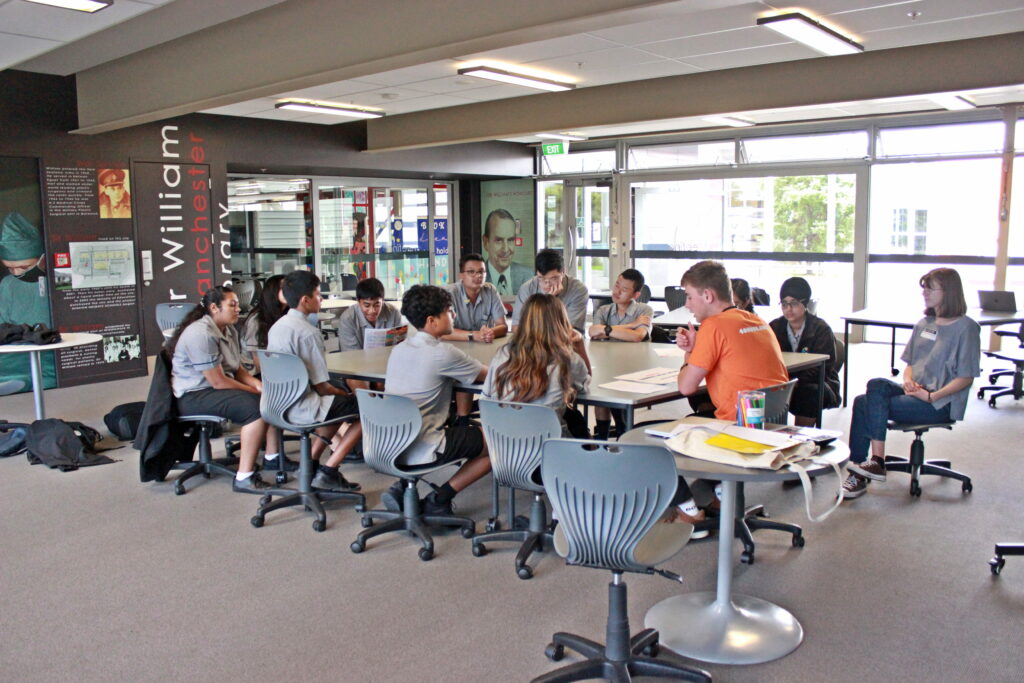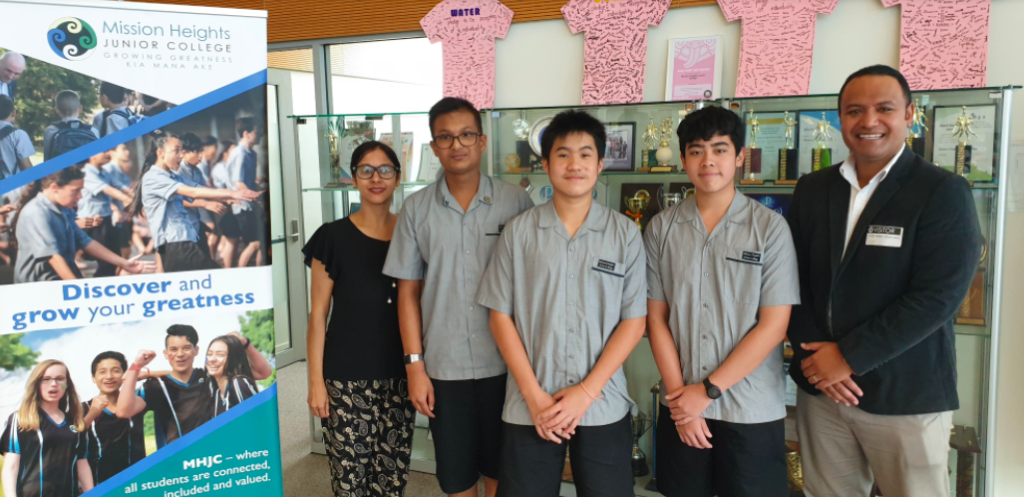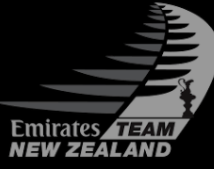You may have seen press reports of a possible community case in Auckland today. We await news from the PM at 6 pm but alert parents and caregivers to the possibility that students may need to be supervised at home from tomorrow.
Confirmation will follow the PM’s press conference.
All posts by Ian Morrison
Latest wellbeing advice for parents from schooltv – Eating disorders
https://mhjc.nz.schooltv.me/wellbeing_news/special-report-eating-disorders-nz

Nice to be back!
As indicated in the Term 1 newsletter I was granted a sabbatical by the Ministry of Education for Term 2 which is available to Principal’s after 5 years of service (mine was delayed by a year). I wish to thank the Board of Trustees for supporting my application and our Associate Principal for stepping into my position while I was away. The topic I was investigating, was “Principal’s Wellbeing” which together with student and teacher wellbeing is becoming a very important consideration for Boards of Trustees and the Ministry of Education.
Following an analysis of responses by over 50 school leaders in Auckland and meetings with a selected number I was able to summarise some broad generalisations which I have shared with colleagues and Principal organisations. Some of the reasons why Principal’s indicate they are thriving in their role, rather than surviving, is due to the support they receive from their Boards and their Board Chair in particular; their Senior Leaders and the community generally. I am pleased to say I fit in that category and wish again to thank everyone who has contributed in some way to my feelings of wellbeing. I realise this is a personal statement which I am unused to sharing, however a school leader faces numerous complex issues on a daily basis and this can be draining unless there are other factors which help to “refill the bucket”.
Being back at school and reconnecting with our wonderful staff, student and parent community has been a most enjoyable experience. It is often true to say that when we are away or leave a place we tend to appreciate things more and this was true for me when I was away and witnessed through facebook and emails the amazing efforts of our staff to maintain our mission of helping students to find and grow their greatness.
I trust everyone is well and like me, feels blessed that we are able to enjoy personal freedoms that many in other countries are denied owing to the pandemic. I look forward to sharing with you all the events and celebrations we have become used to in term 3 and beyond.
Growing greatness – Kia mana ake!
Lest we forget
I trust the MHJC community takes some time during the holiday to reflect on ANZAC Day. While the focus of the day is on the contribution of the ANZAC forces in the Gallipoli Campaign during world war one, it is appropriate to remember the men and women who have been killed or wounded during active service before and since. Their sacrifice has helped New Zealand to remain a free and safe democracy. That is why they deserve to be remembered and in the words of Laurence Binyon:
They shall grow not old, as we that are left grow old:
Age shall not weary them, nor the years condemn.
At the going down of the sun and in the morning
We will remember them.

I trust everyone has a safe and restful break.
Growing greatness – Kia mana ake!
Happy Ramadan to our Muslim Community

Student Executive Council training with World Vision coordinator.

On Tuesday 13 April our Student Executive Council received training from Luke Carpenter, World Vision Youth Ambassador ahead of the World Vision 40 hour famine charity drive in term 2.
MHJC students have shown wonderful commitment to this important cause over the years and it is a great way for them to live one of our core school values of awhinatanga/compassion. Students can raise money in a number of ways – not only going without food but also perhaps considering staying off digital technology.
Please support students as they give something of themselves for the benefit of the children of Sub-Saharan Africa.

Happy Easter!
Wishing everyone a Happy Easter.
Please drive safely if you are travelling out of Auckland and we look forward to seeing everyone again on Wednesday.

Dangers of vaping
I feel it is important for our community to be as well informed as possible about a dangerous new trend which is potentially very harmful to the health of our students. I believe we all need to send the same message to our children to keep them safe as there may be some mixed messages coming from a number of sources which confuse the situation.
In essence while vaping may be a useful, short-term method to stop smoking it is dangerous for young people to try and some students may think that if it is advertised or if it is used for that purpose it is OK or safe for them to use. The short answer is, it is not and a growing number of young people, ironically, are becoming addicted to nicotine after using e-cigarettes.
Vaping (and smoking) is not permitted in schools in New Zealand. The school views vaping in a negative light and deals with students who bring a vaping device to school severely as it may cause a risk to other students’ health and safety.
Please ensure if you, or members of your household use e-cigarettes that your children get a clear message of the risks of using them and cannot have access to them.
Here is a simple message from the Ministry of Health website:
Children, young people and non-smokers should not vape (use e-cigarettes)
- people who do not smoke should not vape
- vaping products are not risk-free
- the long-term health effects of vaping are unknown
- vaping products contain nicotine which is highly addictive.
More detailed information can be found from an article published online from the John Hopkins Medicine website entitled “5 Vaping Facts You Need to Know” by Michael Blaha.
1: Vaping Is Less Harmful Than Smoking, but It’s Still Not Safe
Electronic cigarettes (e-cigarettes, vape pens, and other vaping devices) are being used by adults who are trying to give up smoking. However e-cigarettes contain nicotine, flavourings and other chemicals, many of which are toxic. Vaping products may also be modified to contain tetrahydrocannabinol (THC) which is the harmful ingredient in marijuana.
2: Research Suggests Vaping Is Bad for Your Heart and Lungs
Nicotine is the primary agent in both regular cigarettes and e-cigarettes, and it is highly addictive. It causes you to crave a smoke and suffer withdrawal symptoms if you ignore the craving. Nicotine is also a toxic substance. It raises your blood pressure and spikes your adrenaline, which increases your heart rate and the likelihood of having a heart attack.
In addition many of the chemicals used in e-cigarettes have not been tested properly yet to understand their long term effect or damage.
3: Electronic Cigarettes Are Just As Addictive As Traditional Ones
Both e-cigarettes and regular cigarettes contain nicotine, which research suggests may be as addictive as heroin and cocaine. What’s worse, says Blaha, many e-cigarette users get even more nicotine than they would from a tobacco product — you can buy extra-strength cartridges, which have a higher concentration of nicotine, or you can increase the e-cigarette’s voltage to get a greater “hit” of the substance.
4: Electronic Cigarettes Aren’t the Best Smoking Cessation Tool
Although they’ve been marketed as an aid to help you quit smoking, e-cigarettes have not received Food and Drug Administration approval as smoking cessation devices. A recent study found that most people who intended to use e-cigarettes to kick the nicotine habit ended up continuing to smoke both traditional and e-cigarettes.
5: A New Generation Is Getting Hooked on Nicotine
“What I find most concerning about the rise of vaping is that people who would’ve never smoked otherwise, especially youth, are taking up the habit,” says Blaha. “It’s one thing if you convert from cigarette smoking to vaping. It’s quite another thing to start up nicotine use with vaping. And, it often leads to using traditional tobacco products down the road.”
I trust this information will help you to address this potentially dangerous and harmful issue. A similar message will be provided to our students by Whānau Leaders and the topic will be addressed in our Health and PE classes as it can affect students’ hauora.
Kia kaha
Ian Morrison
Principal
Students drive safety improvements
On Tuesday 30 March Dr Anae Neru Leavasa visited our school to introduce himself and meet three of our students who petitioned his office last year to reduce speeding around the school. This was part of a learning context led by Mrs Selagan last year when the students were in her Global Studies class researching problems and solutions to problems in our community. The boys made a presentation to Dr Leavasa who was very impressed by the quality of the boy’s exploration, analysis and suggestions. As a result he has set up a meeting with the school, local council and Auckland Transport to develop and implement some of the boys’ ideas.
This is an excellent example of authentic learning and while the process is not complete we could see the visible growth of our students.
Growing greatness – Kia mana ake!

Left to right: Mrs Selagan, Ayush Singh, Ethan Pelayo, Mason Kanthavong, Dr Anae Neru Leavasa
Best wishes Team New Zealand!


